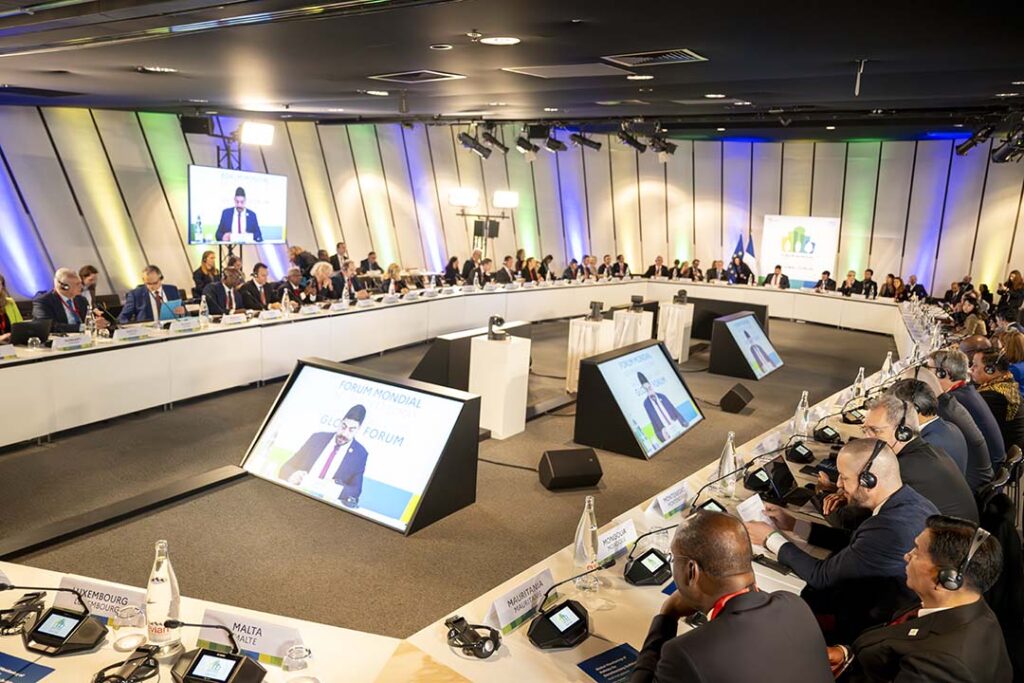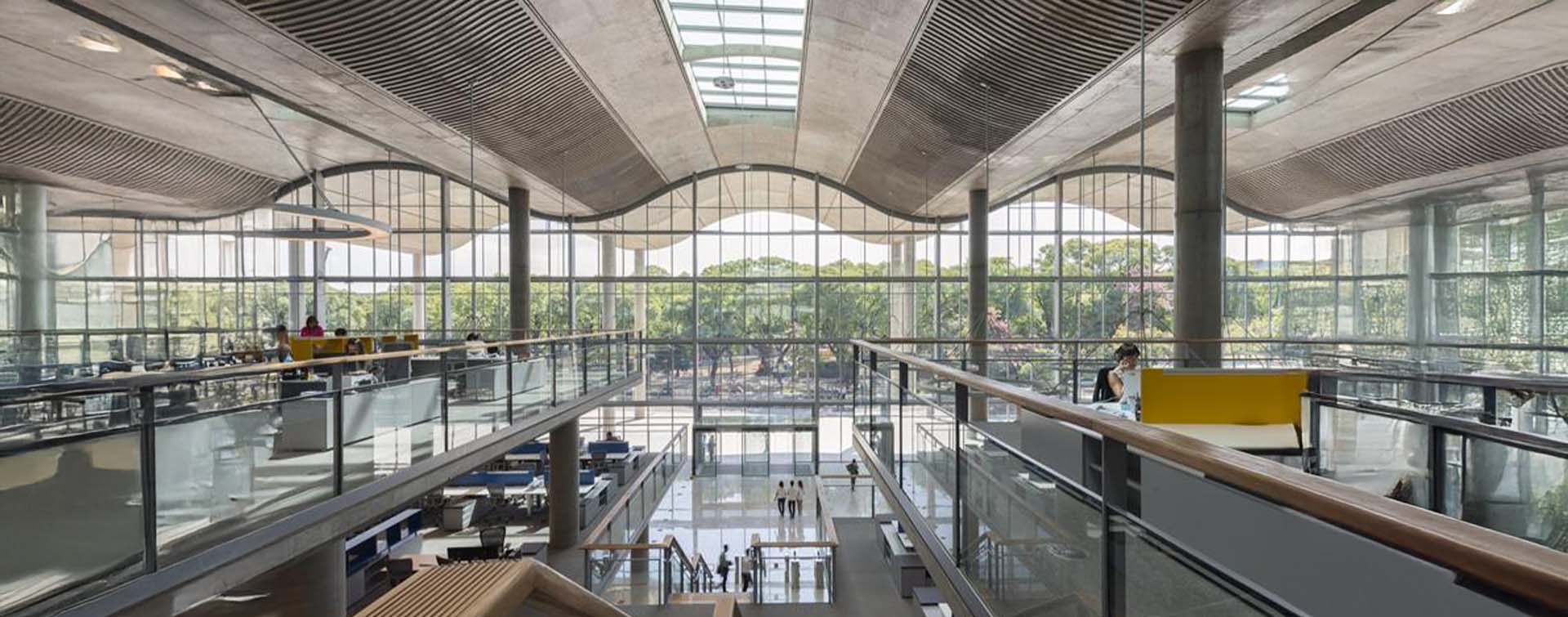 6 min
6 min
The origins of a foundational text for the energy transition
The history of the Declaration de Chaillot goes back to 2015 at COP21 in Paris. That was when the United Nations Environment Programme created the Global Alliance for Buildings and Construction to better highlight the role of the building sector in the climate agenda, a sector that represents over a fifth of global emissions*. The initiative aims to support states to implement the Paris Agreement and therefore contribute to the treaty’s primary objective: “to hold the increase in global average temperature to well below 2°C above pre-industrial levels.”
Several years later, the Alliance published a damning report: the construction sector had made no improvements to its global greenhouse gas emissions since 2015. The progress made in some areas, in particular thanks to energy efficiency programs put in place in existing buildings, has been counterbalanced by the rise in new buildings.
In 2050,
68 %
of the global population will live in urban areas, according to the UN.
SEE ALSO: GAME OF NORMS: THE RULES OF THE GAME IN THE BUILDING SECTOR
In 2022, at COP27 in Sharm El-Sheikh in Egypt, the French and Moroccan governments decided to create the Buildings Breakthrough, a commitment by states to make “near-zero emissions and resilient buildings the new normal by 2030.” One year later at COP28 in Dubai, 28 countries signed this commitment with the support of the biggest international construction organizations (such as the World Green Building Council and the World Business Council for Sustainable Development).
An historic commitment signed by 70 countries
Back in Paris on March 7 and 8, 2024, the first Buildings and Climate Global Forum opened, bringing together over 1,400 people and more than 60 ministerial delegations. It was in this context that the Declaration de Chaillot was born, signed by 70 countries, and embodying almost ten years of work. For the first time, government representatives agreed on a shared declaration that aims to get the construction sector’s entire value chain involved in the transition. The Global Alliance for Buildings and Construction will ensure the technical implementation of the Declaration de Chaillot and provide support for the signatory governments.

The commitments of the Declaration de ChaillotThe Declaration de Chaillot highlights the importance of international cooperation and recognizing the specific context of each country. The signatory ministers committed to:
- Implementing roadmaps, regulatory frameworks, and mandatory building and energy codes to move towards carbon-neutral buildings;
- Implementing an appropriate financial framework with financial and fiscal incentives and regulatory tools to increase the share of resilient, near-zero emission, and affordable buildings;
- Leading by example by adopting ambitious policies regarding public procurement;
- Promoting the production, development, and use of low-carbon, durable, and cost-effective construction materials;
- Promoting collaborative value chains, as well as research and development of innovative solutions;
- Improving skills by strengthening local know-how, considering mitigation and adaptation strategies;
- Developing multi-level governance, coordination among different stakeholders, and a more participatory approach to ensure coordination of implementation;
- And developing tools and regulatory frameworks to collect and share data and best practices.
Promoting the adoption of labels, standards, and certifications;
To read the Declaration de Chaillot in full, click here.
*According to the latest report on the state of buildings and construction published by the United Nations Environment Programme (UNEP)
Photo credits: © Kiev.Victor, © Damien Valente / Terra








